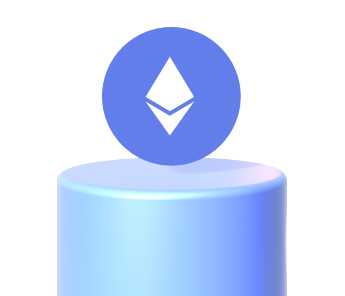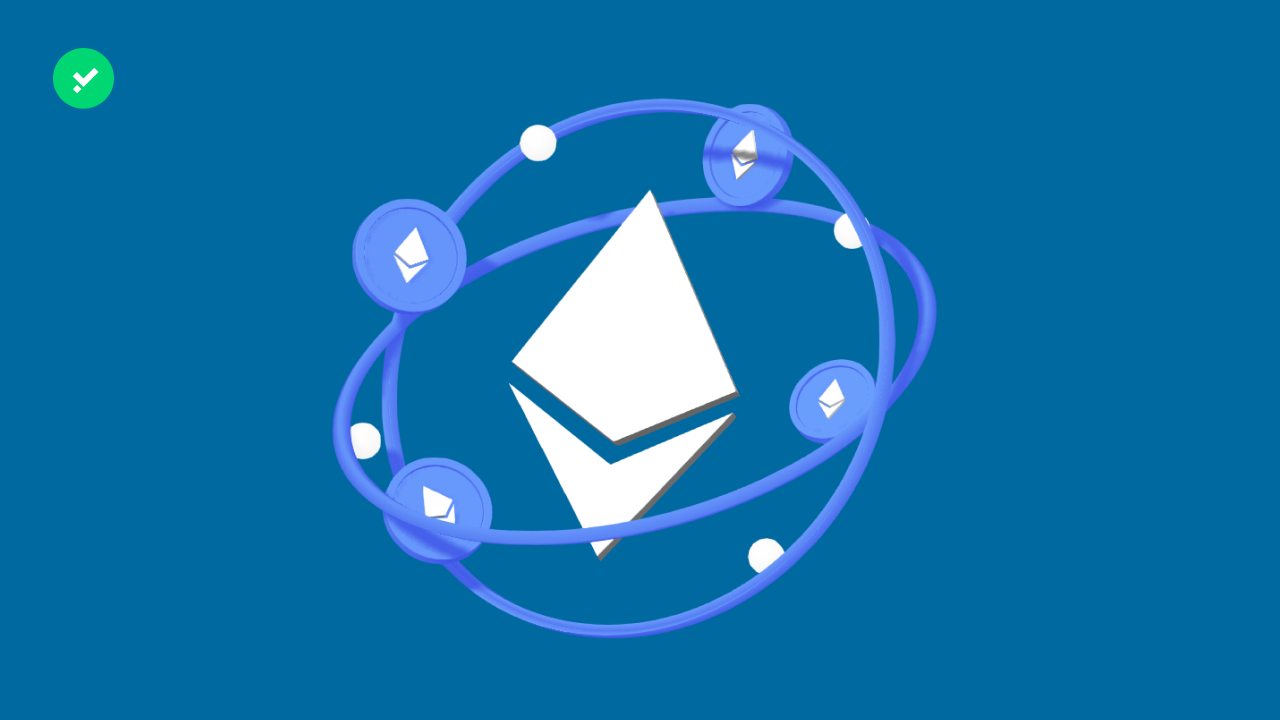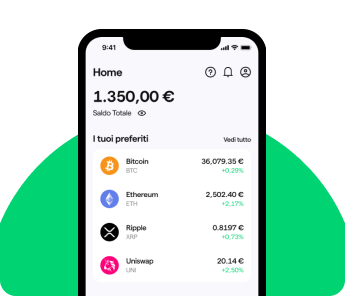Ethereum Classic, Ethereum Proof-of-Work and Ethereum Fair. Everything you didn’t know about the 3 main Ethereum hard forks after The Merge!
On the 25th of September 2022, The Merge update that changed the consensus mechanism of the Ethereum blockchain was successfully activated. The Ethereum network went from Proof-of-Work to Proof-of-Stake without a hitch. For users,The Merge did not bring significant changes, but the same wasn’t true for miners. In the previous version of the blockchain, miners were in charge of validating transactions and consequently blocks on the blockchain, thus earning ETH rewards for each validated block. Therefore, many of them had to move to other blockchains out of necessity ; some of them already existed, others were specially created as hard forks of the main Ethereum blockchain. A hard fork, in cryptocurrency jargon, is when a project is updated in such a way that it is incompatible with the previous version, giving rise to something new. Let’s learn about the 3 main hard forks after The Merge: ETHW, ETC and ETHF.
The most classic of hard forks, Ethereum Classic
Ethereum Classic is perhaps the most famous hard fork in crypto history. ETC was born as a result of a hack on Ethereum’s DAO in July 2016. The hack targeted was an early form of a DAO (Decentralised Autonomous Organisation), a type of organisation that is very popular nowadays in the Web3 world. It allows users who own the crypto of an ecosystem to actively participate in the initiatives and politics of a project.
Ethereum’s The DAO was supposed to be a kind of Venture Capital, with the aim of financing projects within Web3, based on users’ Ether votes from the community. In the days immediately following its launch, the DAO managed to raise $150 million in ETH from more than 11,000 different users. However, in July 2016, one or more hackers breached The DAO’s smart contract. They managed to steal 3.6 million Ethereum, about 14% of the total supply at that time. Following this breach of the Ethereum blockchain, the community was called upon to take a vote on the future of the network. The solution that most people agreed on was the creation of a hard fork.
The main Ethereum blockchain became the Ethereum Classic blockchain, while the new fork that came about as a result of the hard fork became the Ethereum network we all know. But what does Ethereum Classic have to do with The Merge update? ETC is the best-known hard fork of the Ethereum blockchain and has been active since 2016. Although it has been the victim of a few attacks in the past, it continues to resist and process transactions without any particular problems. Precisely for this reason, a large number of miners, left ‘unemployed’ after The Merge, decided to use their computational power to validate ETC transactions instead.
The hashrate of the Ethereum Classic blockchain went from about 50 trillion hash functions per second (Th/s) to about 150 trillion today. It peaked on the day of The Merge, with a hash rate of 300 Th/s. The term indicates the total performance of the network, specifically the amount of hashing functions executed in one second. The increase in hashing functions that occurred simultaneously with the activation of The Merge update shows the amount of miners that migrated from Ethereum to Ethereum Classic.
The resilience of miners, Ethereum Proof-of-Work is born
ETHW was the main Ethereum hard fork after The Merge. Some Ethereum miners decided to copy Ethereum’s Proof-of-Work blockchain and thus create ETHW. The ETHW crypto was distributed to all those who owned Ethereum on both decentralised wallets and exchanges via a snapshot. The latter makes it possible to see the amount of crypto and the addresses that owned that amount at a given time.
Despite the great popularity of this crypto in the days immediately preceding The Merge, the launch was not the best. ETHW’s network suffered various problems allegedly caused by a hack that now seems to have been resolved. In the hours immediately following the launch, ETHW was subject to very high volatility. In fact, it peaked at $50 and then fell back to around $10 in the following hours.
The future direction of ETHW is still uncertain. The project’s white paper, a document in which the main information of a blockchain protocol and goals for the future are usually found, as of today consists of ten pages. The first five pages are devoted exclusively to the title of the whitepaper ‘The Original Ethereum Blockchain powered by Proof of Work’ in English and Chinese, the remaining five have the words ‘these pages have been left intentionally blank’. So the whitepaper is not very constructive. We will see whether ETHW plans to design something for the future or whether it will remain only the ‘second home’ of the now former Ethereum miners.
Ethereum’s third hard fork after The Merge: Ethereum Fair
The third Ethereum hard fork after The Merge is Ethereum Fair, which was created on the 15th of September 2022. The ETHF crypto, at first named ETF, was however not distributed to Ether holders, but to those who owned Bitcoin, Dogecoin and Ethereum Classic. ETHF, however, does not seem to have won over the miners, and the market in general. The crypto was launched at a starting price of about $15 and in a fortnight has lost more than 70 per cent of its value.








